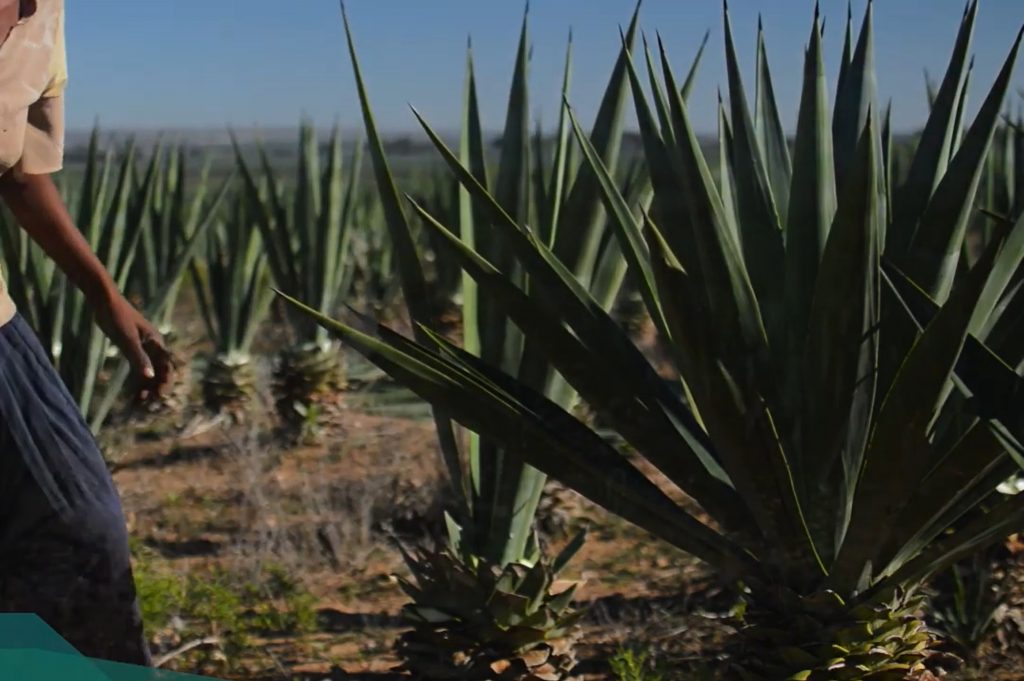
How can desert encroachment be halted? To do to relaunch past efforts that failed to bring the hoped-for solutions, Algeria has trouble finding the solution, and researchers from all sectors are being called to the rescue.
Who is facing a heavy problem is Algeria, the most important country in Africa in terms of landmass: its desert, the Sahara – one of every of the most important within the world, is continuously spreading north.
It is driving populations to migrate towards the coastal regions and, at the identical time, reducing agricultural areas, putting food safety and particularly biodiversity in danger.
In the 1970s, the Algerian government launched an unlimited tree-planting program, ‘barrage vert’, or ‘green barricade’.
This was a belt of forest geared toward halting the advance of the desert towards the north of the country by creating a barrier of vegetation along a stretch of 1,500km linking the west and east borders of Algeria. The project was entrusted to and dispensed by young army conscripts.
Saliha Fartas, director of the Direction Générale des Forêts (General Directorate of Forestry) said that what is on its end is the action plan for the relaunch project and rehabilitation of the green barricade to fight against temperature change and desertification.
The planned objective is to increase the realm of vegetation to 4.7 million hectares.
Involve locals
It’s important to involve local inhabitants within the project according to Nadia Brague Bouragba. She said past mistakes with the green barricade were, first, the selection of species planted.
The Aleppo pine needs favorable conditions, like the soil, for reforestation in semi-arid and arid areas.
Then there was the origin of the seeds, which had been harvested from everywhere the place once they should be from the identical region within which they were to be planted.
What later caused repeated damage from pine processionary caterpillars, there was the monoculture supported one species.
Lastly, regarding it as an invader of their pasture land, local inhabitants had little interest within the Aleppo pine.
Given its vast expanse, the green barricade must answer non-negotiable priorities.
The first must be ecological: to mitigate the aridity and drought; to guard and enrich the biodiversity by organically increasing indigenous species; reforestation to shield the soil from erosion by water and wind; to relaunch a green economy by planting trees useful for those living on the plain, eradicating poverty and boosting agriculture at an occasional cost (with countryside fruit trees).
A positive socio-economic impact of the project has to be perceived, by involving neighboring inhabitants in it.
Alongside the government’s overall program, researchers and university institutes have undertaken local initiatives to produce appropriate responses to the matter.
ALSO READ: How Climate Change Affects the Postal and Shipping Industry
Cultivation of sisal
Two biology researchers have, for the primary time, investigated the cultivation of sisal fiber, which is especially suitable for stopping eating away within the country’s arid regions.
In Naâma and Ghardaïa in southern Algeria is where experiments have already started.
“The sisal plant, originally from Mexico, needs watering 3 times when it’s first planted, then it can last 11 years without being watered,” explained Abdelkader Fateh Bougherara, one of all the project’s initiators.
Bougherara is the head of plantations within the east, while researcher Rachid Kada is the leader of the project within the west region. The ministries of agriculture and also the environment are involved.
These two researchers don’t stop there. With the aim of accelerating the cultivation of sisal within the country, another project of 50ha has been launched in Ghardaïa.
In addition, a 3rd sisal fiber experiment is planned within the Ouargla region.
Advantages and uses
While this plant perfectly resists a dry climate, was this the sole reason the 2 biologists chose it? Its different advantages and its many uses are described by Bougherara.
Among its environmental benefits is that the sisal plant’s adaptability to the recent, dry climate.
This natural resource can respond positively to the matter of temperature change. It’s a biodegradable fiber.
Sisal reduces wearing, due to its deep roots, and contributes to good management of drainage basins. To guard crops and forests from predators and intruders, it also forms an efficient plant barrier.
The very resistant fiber, which might be harvested fourfold a year, will be used for creating ropes, carpets, matting, and various handmade products like Sisal Cat Scratch Posts. Its average yield in dry fibers is over plenty per hectare.
According to the researchers, it is often used for a variety of purposes. In agriculture, what will be used as fertilizer or cattle food are the plant’s juice, particles of crushed tissues, and fragments of leaves and fibers.
For the auto industry, the fiber may be added to fiberglass to strengthen plastic in cars, boats, furniture, pipes, and water tanks.
Grinding discs are manufactured from very strong sisal fiber.
It is worth noting that the textile sector is continually attempting to find an organic fiber that may meet its users’ demands. The fiber of Agave sisalana is additionally utilized in manufacturing textiles, and within the medical field, it may be used for the assembly of surgical alcohol.
Sisal fiber is additionally used for high-quality paper due to its qualities of absorption and resistance to creasing.
The researchers explain that the by-products of sisal are accustomed manufacture biogas, pharmaceutical ingredients, and construction material. Representing about 98% of the plant is the biomass remaining after defibration.
